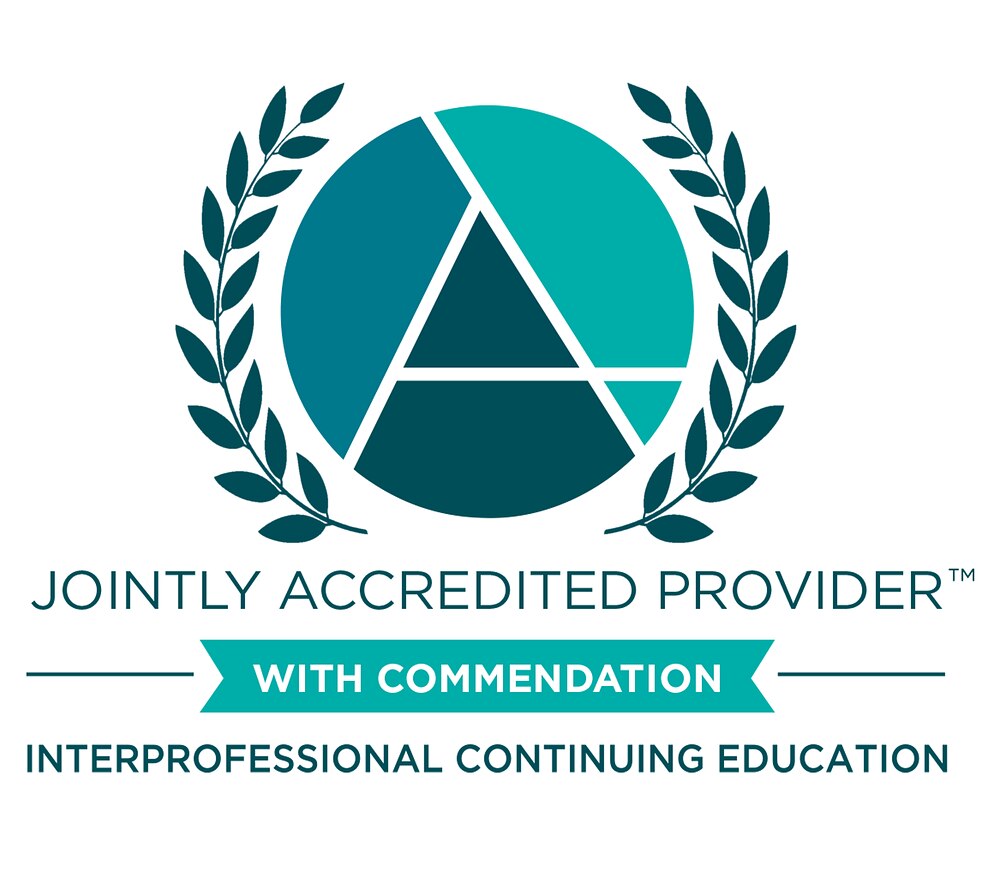A Scaffolded Framework for Interprofessional Competencies: Mapping and Tracking IPE Activities
There is a growing body of research supporting SimIPE as an effective way for students to achieve IPEC Core Competencies (Granheim et al., 2018; Labrague et al., 2018; Marion-Martins & Pinho, 2020; Welsch et al., 2018). However, limited literature exists on how to scaffold experiences to support the development of interprofessional competencies among healthcare learners. Additionally, limited literature exists on the appropriate level of "dosing" of interprofessional learning experiences to support preparation for interprofessional practice.
A Delphi study was completed to map the 2023 Interprofessional Education Collaborative (IPEC) Competencies to a scaffolded framework aligned with Miller's pyramid of "knows how," "shows how," and "does" (Miller, 1990). The resulting framework produces an opportunity for programs to scaffold student interprofessional learning activities. This seminar will provide attendees with recommendations for mapping IPEC competencies to learning activities and designating learning activities at scaffolded levels of interprofessional knowledge and skill. Attendees will be provided with tools and templates to organize IPE learning activities to allow for a scaffolded approach to interprofessional learning outcomes. In addition, a variety of tracking mechanisms to evaluate engagement, student perceptions of interprofessional competency, and attainment of student learning outcomes will be provided.
The framework presented in this session can be utilized across institutions and programs to design research studies examining the impacts of interprofessional learning activities at different levels of learning (e.g., "knows how," "shows how," and "does"). Based on that new evidence, programs and institutions will be able to better ascertain the dosing levels to best prepare students for interprofessional practice.
After attending this session, the learner will be able to:
1. Map interprofessional experiences to a scaffolded framework of IPEC competencies based on the framework developed through the Delphi process.
2. Identify key strategies for mapping and tracking interprofessional learning activities within and across healthcare programs.
3. Describe assessment tools that can be utilized to measure engagement, student perceptions, and student outcomes of IPE activities.
Granheim, B. M., Shaw, J. M., & Mansah, M. (2018). The use of interprofessional learning and simulation in undergraduate nursing programs to address interprofessional communication and collaboration: An integrative review of the literature. Nurse Education Today, 62, 118–127. CINAHL Plus with Full Text. https://doi.org/10.1016/j.nedt.2017.12.021
Labrague, L. J., McEnroe – Petitte, D. M., Fronda, D. C., & Obeidat, A. A. (2018). Interprofessional simulation in undergraduate nursing program: An integrative review. Nurse Education Today, 67, 46–55. CINAHL Plus with Full Text. https://doi.org/10.1016/j.nedt.2018.05.001
Marion-Martins, A. D., & Pinho, D. L. M. (2020). Interprofessional simulation effects for healthcare students: A systematic review and meta-analysis. Nurse Education Today, 94, N.PAG-N.PAG. CINAHL Plus with Full Text. https://doi.org/10.1016/j.nedt.2020.104568
Miller, G. E. (1990). The assessment of clinical skills/competence/performance. Academic Medicine., 65(9 Suppl), S63–S67. https://doi.org/10.1097/00001888-199009000-00045
Welsch, L. A., Hoch, J., Poston, R. D., Parodi, V. A., & Akpinar-Elci, M. (2018). Interprofessional education involving didactic TeamSTEPPS® and interactive healthcare simulation: A systematic review. Journal of Interprofessional Care, 32(6), 657–665. CINAHL Plus with Full Text. https://doi.org/10.1080/13561820.2018.1472069
In support of improving patient care, this activity is planned and implemented by The National Center for Interprofessional Practice and Education Office of Interprofessional Continuing Professional Development (National Center OICPD). The National Center OICPD is accredited by the Accreditation Council for Continuing Medical Education (ACCME), the Accreditation Council for Pharmacy Education (ACPE), and the American Nurses Credentialing Center (ANCC) to provide continuing education for the healthcare team.
As a Jointly Accredited Provider, the National Center is approved to offer social work continuing education by the Association of Social Work Boards (ASWB) Approved Continuing Education (ACE) program. Organizations, not individual courses, are approved under this program. State and provincial regulatory boards have the final authority to determine whether an individual course may be accepted for continuing education credit. The National Center maintains responsibility for this course. Social workers completing this course receive continuing education credits.
The National Center OICPD (JA#: 4008105) is approved by the Board of Certification, Inc. to provide continuing education to Athletic Trainers (ATs).
This activity was planned by and for the healthcare team, and learners will receive Interprofessional Continuing Education (IPCE) credit for learning and change.


Physicians: The National Center for Interprofessional Practice and Education designates this live activity for AMA PRA Category 1 Credits™. Physicians should only claim credit commensurate with their participation.
Physician Assistants: The American Academy of Physician Assistants (AAPA) accepts credit from organizations accredited by the ACCME.
Nurses: Participants will be awarded contact hours of credit for attendance at this workshop.
Nurse Practitioners: The American Academy of Nurse Practitioners Certification Program (AANPCP) accepts credit from organizations accredited by the ACCME and ANCC.
Pharmacists and Pharmacy Technicians: This activity is approved for contact hours.
Athletic Trainers: This program is eligible for Category A hours/CEUs. ATs should claim only those hours actually spent in the educational program.
Social Workers: As a Jointly Accredited Organization, the National Center is approved to offer social work continuing education by the Association of Social Work Boards (ASWB) Approved Continuing Education (ACE) program. Organizations, not individual courses, are approved under this program. State and provincial regulatory boards have the final authority to determine whether an individual course may be accepted for continuing education credit. The National Center maintains responsibility for this course. Social workers completing this course receive continuing education credits.
IPCE: This activity was planned by and for the healthcare team, and learners will receive Interprofessional Continuing Education (IPCE) credits for learning and change.
Learners can claim CE credit by completing the Daily Evaluation.




